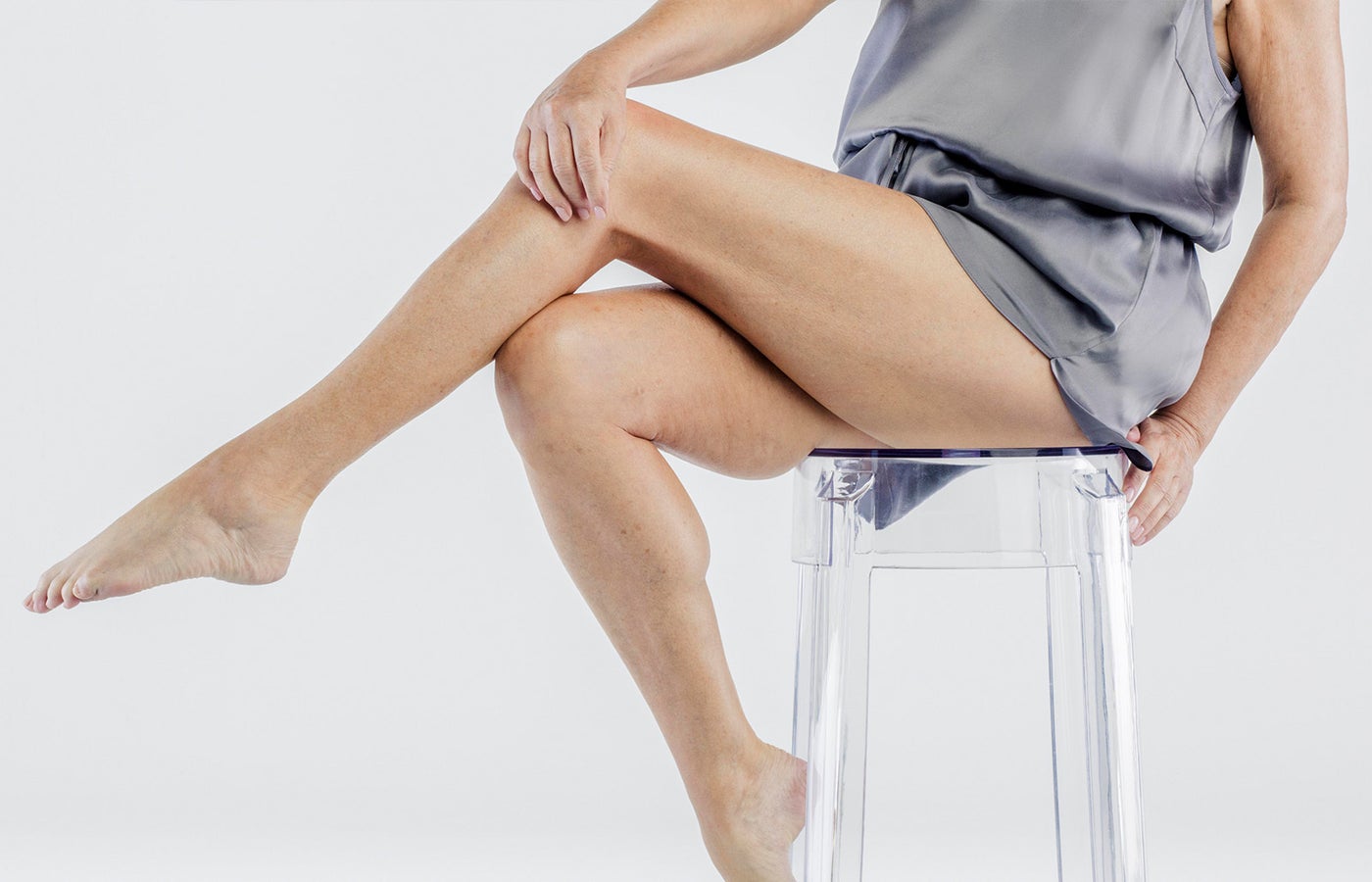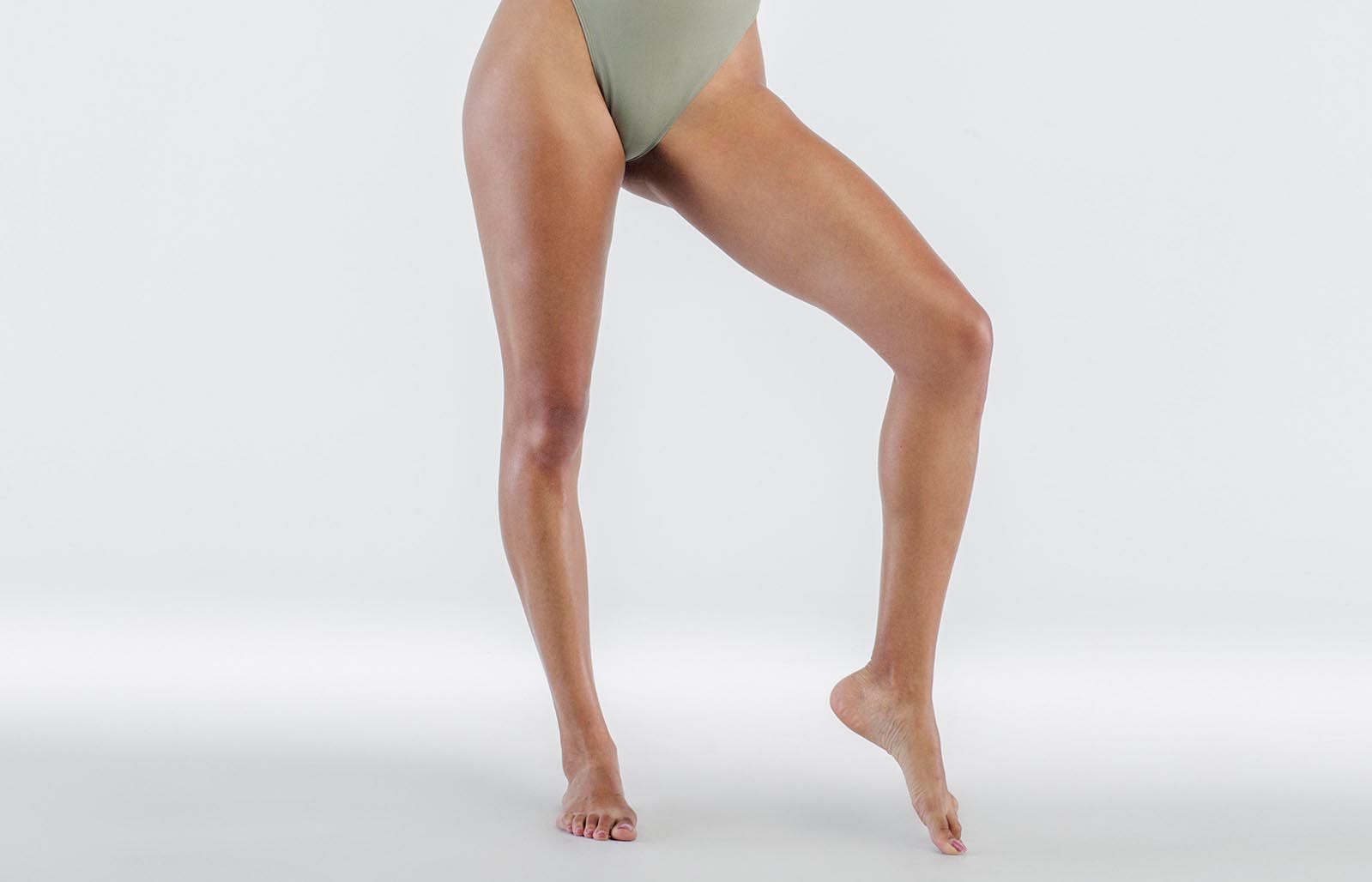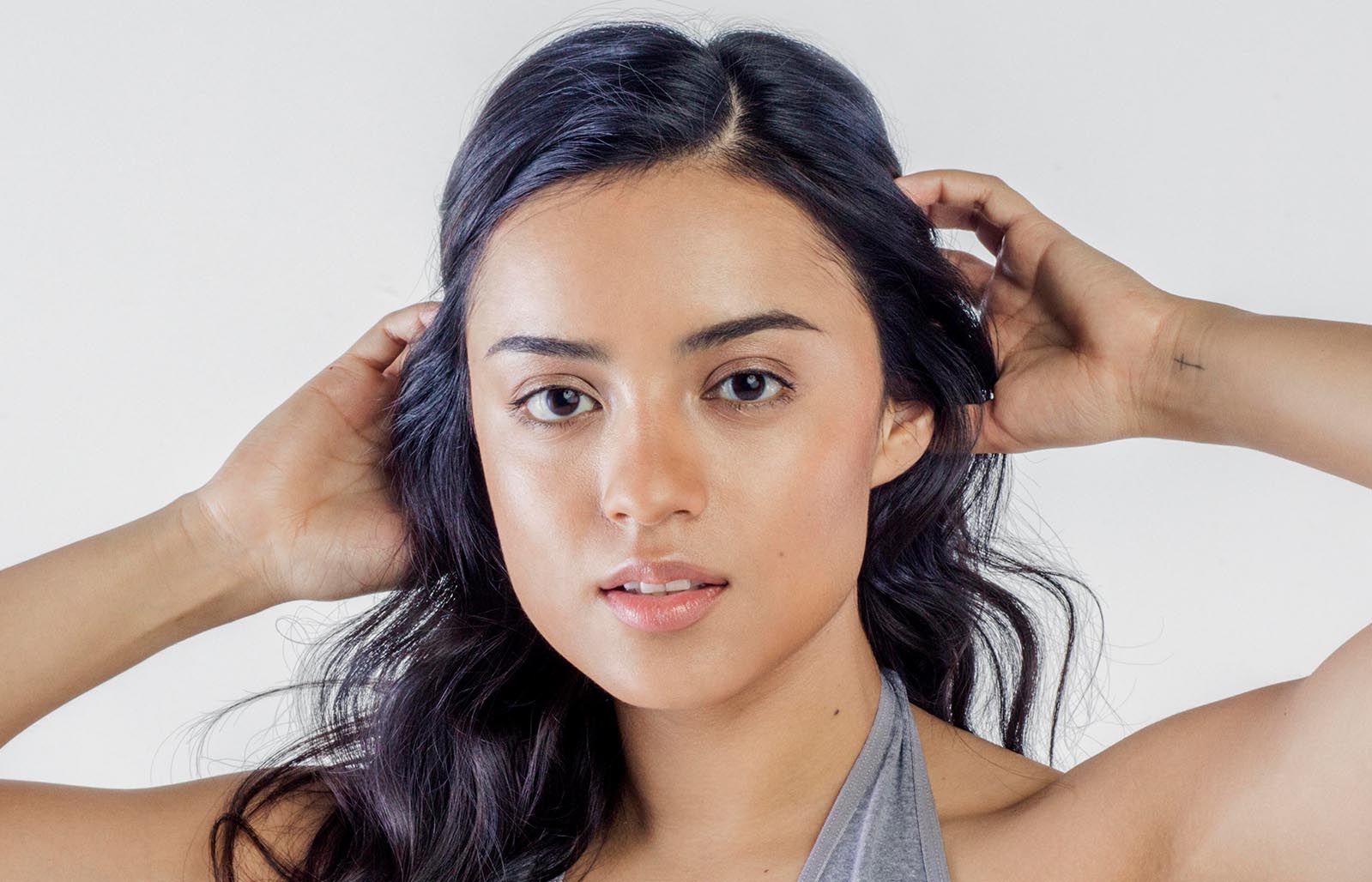Varicose Veins & Spider Veins
Both varicose veins and spider veins are common conditions for men and women. However, many find them to be painful and unsightly. Luckily, there are plenty of procedures available to get rid of them.
Both varicose veins and spider veins are common conditions for men and women. However, many find them to be painful and unsightly. Luckily, there are plenty of procedures available to get rid of them.
What are spider veins
What's the difference?
What causes them?
When to get treatment
Can you prevent it?
Top treatments
Other options to consider
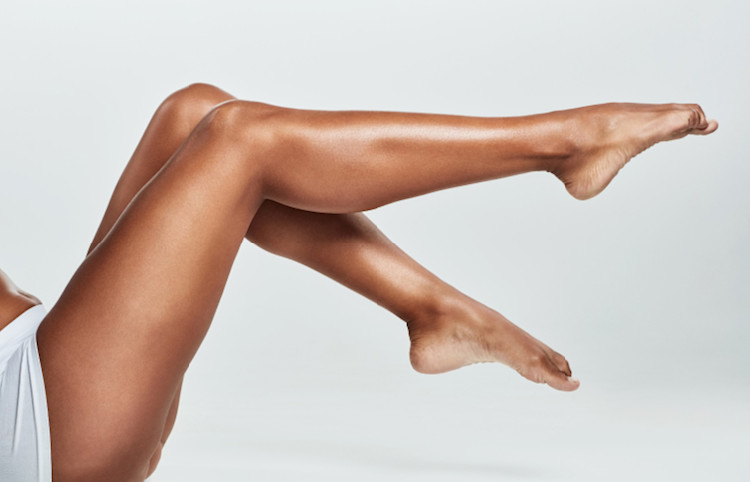
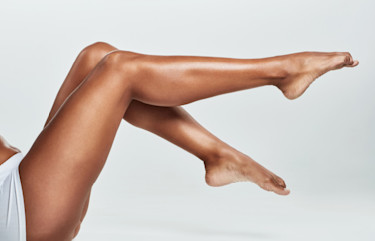
Varicose veins are enlarged, usually blue or dark-purple veins in the legs. The word varicose means “abnormally swollen” or “dilated,” which is how the veins look under the skin. It’s estimated that about 20% of people will develop these often painful veins in their lifetime.
Along with varicose veins, which are more than four to five millimeters in diameter, there are two other types of leg veins. Spider veins are the fine (less than one millimeter), threadlike red or blue dilated veins that often form a branching pattern or spider web look (which gives us the name) near the surface of the skin.
When spider veins appear on your face, they’re called broken capillaries, but they’re not actually “broken.” Blood vessels have the ability to dilate and constrict, but they can lose their ability to contract, which makes them visible.
Reticular veins, the so-called middle child of leg veins, range from one to four millimeters, larger than spider veins and smaller than varicose veins.
Unlike threadlike spiders, varicose veins are enlarged or even bulging. Other key differences include:
- Size: Spider veins are usually less than one millimeter in diameter, while varicose veins are more than four to five millimeters.
- Symptoms: Spider veins are almost always painless and don’t cause leg swelling. Varicose vein symptoms can include a feeling of heaviness, discomfort, or swelling in the legs.
- Outlook: Spider veins don’t lead to health problems, but the swelling from varicose veins may cause skin color changes, sores that won’t heal, blood clots, and other problems.
Removing spider veins is usually for cosmetic reasons, while varicose veins treatment may be necessary, to keep them from worsening and improve how the legs look and feel.
If you have both types, varicose veins treatment may improve spider veins as well, since they may be fed by a deeper varicose network. For this reason, your doctor should take a medical history and perform a physical exam, possibly even an ultrasound, to see if you have any other signs of venous disease aside from what’s visible on the surface.
Varicose veins develop when the small valves inside normally invisible veins become weak or damaged. In a healthy vein, a series of one-way valves opens as blood flows smoothly toward your heart and then closes, to stop it from flowing backward.
If these valves stop working well, blood can flow backward and collect in the vein (known in medical parlance as venous insufficiency or venous reflux disease). The condition occurs most often in the legs, where the blood is farthest away from the heart.
Though the incidence of varicose veins varies from study to study, both men and women are prone to developing them. Women tend to notice them earlier and are more likely to seek treatment for them. The following can put you at a higher risk of developing varicose veins.
- Pregnancy. Often, women first develop varicose veins during pregnancy (in part because high levels of female hormones can weaken veins), after which the veins frequently disappear.
- Genetics. There’s also a genetic component. “It’s not rare for someone with a strong family history of varicose veins relating to venous insufficiency to develop varicose veins at a young age,” says Dr. Hratch Karamanoukian, a board-certified phlebologist in Williamsville, New York. “The youngest patient I’ve treated was 8 years old.”
- Aging and obesity. Your age and weight can put extra pressure on your veins as well, making them work harder and increasing your risk of developing varicose veins. A job that keeps you on your feet a lot as well as excessive sun exposure are other risk factors.
Sometimes, people have painful varicose veins, along with a feeling of heaviness and fatigue from the increased pressure. In a more advanced stage, the swelling from varicose veins can cause skin color changes, skin ulcers, blood clots, and other problems.
Don’t wait too long to get them treated. “Treating veins when one starts to see them helps keep them small. New ones will just continue to form, and old ones typically become more prominent,” says San Diego board-certified dermatologist Dr. Sabrina Fabi in a RealSelf Q&A.
The good news about varicose leg veins is that they usually form in blood vessels that aren’t necessary for the healthy operation of your body. Blood flow that would normally pass through these veins can just be rerouted through others—which means they can be safely removed, with the right technique.
It’s best to get help from a physician who treats veins as a regular part of their practice. Many doctors, including dermatologists, phlebologists (leg-vein specialists), and vascular surgeons, treat superficial veins. For larger veins, vascular surgeons, phlebologists, and some dermatologists have special expertise.
Your provider will likely start by running tests using ultrasound or more sophisticated equipment, to check for changes that indicate valve problems. “This would determine which veins are not working properly and how to treat them. It would also determine how many veins would need treatment,” says Dr. John Landi, a board-certified general surgeon in Naples, Florida, in a RealSelf Q&A.
Not all prominent veins are necessarily varicose veins. For example, the greater saphenous vein, the long vein that runs from the groin to the ankle, may be quite prominent in some people.
“At the ankle level, this vein is normally seen when standing and diminishes when you’re lying down,” says Dr. Landi. “This vein contains many valves and can lead to varicose veins if the valves malfunction. If you don’t have any other prominent varicose veins and your only concern is the visible vein at the ankle, this [vein] is probably normal.”
That said, doctors on RealSelf advise that any bulging vein around the ankle should be investigated.
While you can’t avoid the impact of your genetics, it helps to avoid standing for extended periods without taking a break, says Dr. Michele Green, a board-certified dermatologist in New York City. Watching your weight and wearing compression socks or stockings on a regular basis can be helpful as well, according to Dr. Benjamin Barankin, a board-certified dermatologic surgeon in Toronto.
These are the treatment options doctors and RealSelf members say are best at eradicating varicose veins and spider veins. A vein specialist can recommend a treatment plan that’s best for you.
- Sclerotherapy involves the injection of a solution directly into visible veins. The solution irritates the walls of the vessel, which leads to scarring in the canal. Once the vessel scars, it can’t contain blood, which causes it to collapse and be reabsorbed into nearby tissue. The blood is then redirected to healthier veins. Spider veins and small varicose veins can be treated with sclerotherapy; it may take two or three sessions to completely get rid of them. Asclera is an injectable sclerotherapy solution, while Varithena is the only FDA-approved foam specifically used to alleviate varicose veins and venous reflux disease. “Varithena works best for veins below the knee or for crooked veins,” says Dr. Kevin Haney, a board-certified radiologist in Rogers, Arkansas, who specializes in vein treatment. No anesthesia is needed for the in-office procedure, during which your doctor will inject several areas of the veins with the sclerosing agent using a fine-gauge needle or a catheter. The prick of the needle will sting, and some of the solutions burn somewhat. Afterward, your doctor may massage the area, and you may be asked to walk for up to 30 minutes, to get your circulation going and to completely flush out the solution. Compression stockings will need to be worn for two to three weeks—so you may want to save this treatment for the cooler months—but you can return to work and most activities the next day. You may see results within a few weeks, or it could take a few months. Find a doctor who offers sclerotherapy
- VenaSeal is one of the newest options for treating varicose veins. During a quick, 30-minute procedure, a catheter is inserted through the skin, to inject a small amount of medical glue to close the vein. The blood is then rerouted to healthy veins. “Compared to heat procedures, VenaSeal is less painful and [causes] less trauma and bruising,” leading to less discomfort and recovery time, according to NYC phlebologist Dr. Michael Nguyen. Patients feel only one injection stick, for numbing purposes, where the doctor inserts the device. For needle phobic patients, “VenaSeal is the way to go,” says Nashville, Tennessee, vascular surgeon Dr. Tif Siragusa. The treatment doesn’t require you to wear compression stockings post-treatment, and there’s usually very little to no downtime. Results gradually improve over several weeks. The “superglue” option, as Dr. Haney dubs it, “is a great procedure that patients love because they don’t have to wear the compression hose as much.” It’s best suited, he says, for veins that are “big, deep, and straight.” One downside: “VenaSeal has a higher risk of post-treatment phlebitis, a painful inflammation of some branch veins,” says Dr. Albert Malvehy, a Pleasanton, California-based physician who is board-certified in venous and lymphatic medicine. While varicose veins treatment is typically covered by common insurance plans, VenaSeal usually is not. Find a doctor who offers VenaSeal
- Endovenous laser treatment (EVLT) is a quick outpatient procedure that uses laser heat or radiofrequency energy to close off blood flow in the varicose vein. Blood flow is redirected to healthy veins, and the damaged vein shrinks. The procedure takes an hour, is performed with local anesthesia to numb the area, and requires a single small (one millimeter) incision. Afterward, you’ll put on compression socks and walk around for at least 20 minutes, to increase blood flow and minimize bruising or swelling. Doctors usually recommend wearing compression socks for a few weeks, to aid circulation and decrease swelling or bruising. Post-treatment pain is mild to moderate and can usually be managed with over-the-counter medication. Most patients resume normal activities immediately afterward. While “EVLT has a very well-established track record as well as an excellent long-term success rate,” says Dr. Siragusa in a RealSelf Q&A, some RealSelf members say that the procedure didn’t work for them or they experienced lingering complications like a sensation of pins and needles or burning. However, Dr. Nguyen says that “most patients report a noticeable improvement in symptoms within one to two weeks after the procedure as well as limited to no scarring, bruising, or swelling.” Full results can take up to a year. Find a doctor who offers EVLT
- Pulsed dye lasers, such as the Vbeam, direct a concentrated beam of light into the vein and shatter it into microscopic pieces. The light from these lasers is so precise that it minimizes harm to the surrounding tissue. You’ll feel mild discomfort during the treatment, akin to repeated rubber band snaps. Side effects include swelling and bruising, but no downtime is required. This is typically used only for spider vein treatments—not for varicose veins. Find a doctor who offers pulsed dye lasers
- The Neo laser is a YAG laser for spider veins with a short (650 microsecond) pulse duration that’s virtually painless—because the laser has time to cool itself between pulses, the skin never becomes hot or uncomfortable. Most patients feel nothing more than a warming sensation as the device hovers over the skin. This fast-pulsed energy is safe for all skin tones and types, minimizing the possibility of burns, scarring, or other adverse effects that are sometimes seen with traditional, long-pulsed YAG lasers, says Dr. Jason Emer, a board-certified dermatologic surgeon in West Hollywood, California. With any of these lasers, you’ll likely need multiple sessions, every four to eight weeks, to achieve the full effect, but you can expect only mild redness, bruising, or itching for a few days after the treatment. Find doctors who offer Neo laser
Two less common treatments are phlebectomy and vein stripping, both types of varicose vein surgery.
- Vein stripping surgery is usually done solely to treat severe varicosities. It involves the surgical removal of your saphenous vein, the main superficial vein in the leg and the most common problem area in venous reflux disease. Incisions are made in the groin and at the knee and ankle. Through these incisions, the surgeon will tie off the saphenous vein at or below the junction with the deep vein and literally use a wire to strip or remove the saphenous vein, all the way down to the ankle.
- Ambulatory phlebectomy uses a small scalpel or needle to remove varicose veins that lie just beneath the surface of the skin. The procedure is done through very small incisions. “Since the veins being removed collapse during the process, even fairly large ones can usually be removed with ambulatory phlebectomy,” says Dr. Haney. “This makes the procedure much less invasive than traditional vein stripping surgery.”
Updated July 2, 2021
